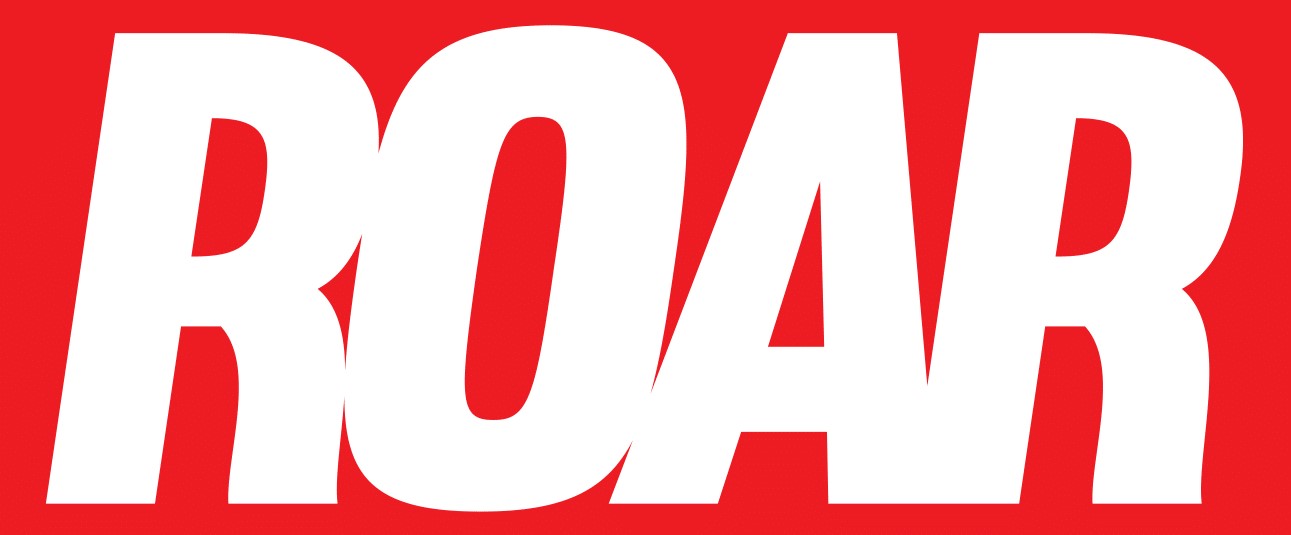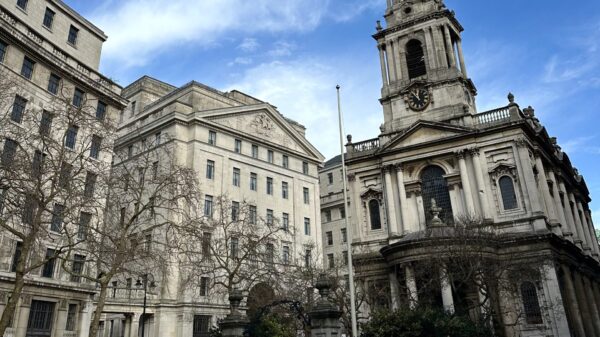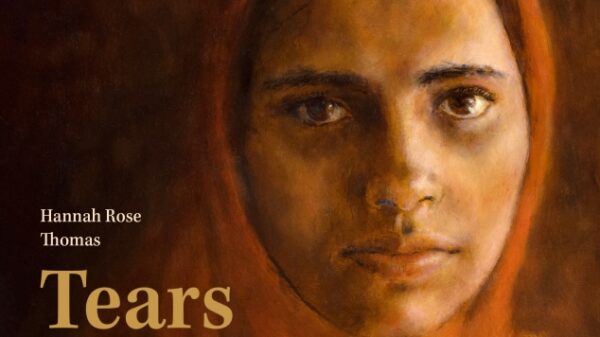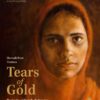Staff writer Sara Okada analyses the historical roots of guerrilla journalism, tracing its activist elements to its historical events in media coverage.
The term guerrilla in English originates from the Spanish “guerra” meaning war. The term was widely used in the early 18th century with the French military treatise La Petite Guerre published in 1756 and translated into Spanish in 1780 as La Guerrilla.
The earliest use of guerrilla in the English language was recorded in 1809 during the Peninsula War by Lord Wellington who wrote to the British Secretary of War, suggesting that guerrilla warfare be used. Thus, in the late 18th century and early 19th century, guerrilla was used to denote a “small-scale war”, and gained its prominence as a form of warfare when the Catalans engaged in skirmishing, scouting and surprise attacks against French troops.
In the present day, the term is not only used to refer to warfare led by a small group of individuals but also within the world of journalism. The strand of journalism has been gaining a large amount of interest over the past two decades with the prominence of individuality and the rise of digital media.
Guerrilla journalism is a strand of citizen journalism where average citizens document and produce news stories which cover topics that ‘Big Media‘ may have missed. Considering its coverage of unreported news stories and its etymology, guerrilla journalism is the practice of unprofessional individuals engaging in activism against mainstream norms, authoritative political groups and Big Media.
The emergence of guerrilla journalism
Citizens who engage in guerrilla journalism are non-professional journalists, indicating a divide between professional mainstream media and citizen journalists. In the United States, the existence of citizen journalism and newspapers dates back to the late 1600s with colonial newspapers and the First Amendment that protected the Freedom of the Press.
Journalism could be said to have become a formal profession after 1908 when the first sanctioned journalism school opened at the University of Missouri. By analysing key events, at least in the United States, we can see that guerrilla journalism emerged as an activist form of citizen journalism in the early 20th century.
In accordance with this timeline, journalism as a professional occupation arose around the late 19th century. The earliest form of journalism can be traced back to 400 B.C.E. in Ancient Rome with Thucydides, who was considered to be the first journalist with his handwritten news, Acta Diurna.
Both China and Korea circulated handwritten bulletins to announce court information as well. These came to be printed in 1577 in Korea, marking the first printed newspaper in history. Newsletters containing financial information first circulated in 16th century Renaissance Europe through the handwritten paper Avvisi amongst merchants.
What we call journalism now is, however, not consistent with the journalistic work in the past that consisted of such bulletins and newsletters. Rather, journalism today is defined by cheap production costs, advertising revenues, and large audiences with mass circulations of information. The commodification of the news and the hiring of reports lays the foundation for the rise in prominence and preference of guerrilla journalism.
With guerrilla journalism being supported by non-professional journalist activists against Big Media, the birth of journalism as a professional occupation in the late 19th to the early 20th century would also mark the start of guerrilla journalism.
In the United States, journalism formally appeared in degree programs in the early 1900s at the University of Missouri and Columbia University, thereby recognising it as a formal profession. European countries were, however, slower in the development of journalism as a profession.
France established L’École Supérieure de Journalisme de Paris in 1899, a school which specialised in journalism. In Spain, the Official School of Journalism was set up in 1941, motivated by political incentives. Nevertheless, Spain established numerous schools that taught journalism from the School of El Debate, built between 1926 and 1936, and the University of Navarra’s Journalism Institue in 1958. Therefore, the advent of modern journalism varies between places, people, and their collective historical context.
Early instances of its activist roots
One of the most notable guerrilla journalists, who also labelled himself as a “guerrilla warrior”, is I.F. Stone. His political activism drove his journalism, as demonstrated by one of his earliest works that he wrote at 14 with the short-lived newspaper, The Progress, in 1922.
Aligning with guerrilla activist attitudes, the paper was inspired by the Progressive movement and muckraking journalists with reformist attitudes who aimed to expose corruption and wrongdoings in established institutions.
Stone was also a key figure during the Vietnam War, questioning and exposing the U.S. rationale for the Tonkin Gulf Incident. The U.S. allegedly justified their military involvement in Vietnam because of reports received of attacks by the VietCong on U.S. naval forces in the Gulf of Tonkin. Stone maintained his scepticism for the U.S.’s justification and relentlessly pursued the truth. Eventually, he uncovered that the incident that prompted the Tonkin Gulf Resolution was, in reality, drafted before the incident to increase popular support for the war.
Stone’s persistence on exposing the truths behind the Tonkin affairs won the admiration of many journalists. His devotion, passion and patience serve as a reminder that the unanimity of public opinion may not always be the truth. Journalists, therefore, are pushed to keep pursuing the truth by asking constant questions and doubting the information they see, even if it becomes the consensus.
The muckraking journalist movement that Stone followed in his early work serves as a sign that the citizenry was starting to become suspicious of conventional, publicly supported information. The muckrakers adopted a unique journalistic behaviour that aimed to reveal facts about social corruption whilst pursuing truthfulness and accuracy.
This movement dominated American journalistic practice between 1902 and 1912. This attitude against mainstream news contributed to the emergence of guerrilla journalism.
Claud Cockburn is another journalist who is praised for developing the guerrilla warfare form of journalism. Cockburn is well-known for his individualistic, radical, anti-fascist views expressed through his self-started newspaper agency The Week.
Colonel Sir Vernon Kell of the MI5 noted to a diplomat in 1937 that Cockburn was seen as a “formidable factor on the side of Communism,” which is supposedly why MI5 monitored him for nearly 30 years. Cockburn saw the rich and powerful as being highly vulnerable to individual activist papers: the essence of guerrilla journalism.
Stone and Cockburn had a great influence on journalism. Stone inspired journalists to keep asking uncomfortable questions that would eventually lead to the truth. Cockburn pushed for journalists to maintain scepticism and seek the truth as seen by his famous fquote “believe nothing until it has been officially denied.”
The nature of guerrilla journalism thus lies in its investigative norms. What we can learn from the American guerrilla journalist I.F. Stone and the British guerrilla journalist Claud Cockburn is that the truth shall be patiently pursued to uncover information that could spark alternative views to the consensus that mainstream media presents.
Other examples include the American journalist Jack Landau, who likened himself as a “First Amendment guerrilla“. In 1973, Landau fought against press censorship and legal challenges of publishing journals in the United States by publishing a Press Censorship Newsletter featured in the Reporters Committee for Freedom of the Press (RCFP).
There are also contemporary examples such as the American activist James O’Keefe who is also a self-proclaimed muckraker. He aims to discredit organisations such as ACORN and National Public Radio by exposing fraud and corruption within these groups through reporting.
Guerrilla journalism is not, however, conditioned to the English-speaking world. Mexican journalist, Mario Menéndez, the founder of Por Esto magazine, rejected the comfortable state-press relationships and utilised journalism as a method to expose networks of self-interested individuals who engage in corruption and private links in sociopolitical settings.
However, it is important to note that the early instances of guerrilla journalism differ across regions. The West witnessed the beginning of guerrilla journalism during the late 1800s to the mid-1900s, as indicated by the work of Stone and Cockburn. In other regions and countries such as Nigeria, guerrilla journalism began far later in the late 1990s.
The Nigerian underground anti-military press emerged under the despot military dictatorship from 1966 to 1999, uncovering classified government information and stories of government abuse. With hit-and-run tactics, hiring disguised insiders, and distributing publications using ambulances and water trucks, guerrilla journalists in Nigeria adopted strategies akin to guerrilla soldiers under the guidance of Mao Zedong, Che Guevara and Võ Nguyên Giáp.
Editors in Nigeria also used a new magazine called Tempo to spread information. In the face of life-threatening risks, journalists stayed on the streets where manhunts, unlawful detention, arrests and attacks continued by the military dictatorship under General Sani Abacha. These mobile journalists worked anonymously and were isolated from their loved ones.
To make tracing difficult, reports used broken-up production processes to facilitate the spread of their critical stories against the military government. The journalistic practice demonstrates a very high form of courage, a relentless pursuit of the truth, and presents a highly structured front against authoritarian regimes.
Technology and guerrilla journalism
In the 1960s and 1970s, guerrilla journalism operated using manifestos, leaflets, radio broadcasts and audiovisual communication that reported on political violence, protests and bombings. Film, television, radio, video and recorded music were the main methods to spread information.
Since the 1980s, the birth of the internet and online media gave rise to guerrilla activities because it made information dissemination more open to the public. Borrowing from an earlier example, guerrilla journalism in Nigeria functioned around the usage of online media. Not only against prominent institutions, guerrilla journalism also combats information disseminated through popular media and fills the gaps in knowledge presented by large media institutions.
For instance, the non-professional journalist, Zeyad, through his online blog Healing Iraq, posted pictures of the anti-Ba’ath demonstrations in December 2003, exemplifying how certain news stories are often overlooked by Big, Western Media. The Weekly Standard reprinted those images and embarrassed the Times for missing information and unreported events.
During the 2004 US election, the RatherGate scandal, where bloggers exposed CBS’s mistakes for relying on forged documents to report news, demonstrated the failures of the mainstream media in reporting stories accurately. These show that, with the rise in the accessibility of technology and media, amateurs contribute to gaps in knowledge as well as activism by uploading unfiltered reports and defying mainstream coverage.
Online guerilla journalism reveals ways in which individuals, armed with technology, can disrupt and reshape the media landscape. Even though Big Media is held more accountable for the information they disseminate and work to offer a more diverse portrayal of the news, their work can border on being shallow because of their distance from the real lives of the people facing these events.
However, since non-professional individuals are much closer to their audiences, their proximity as locals of the regions they report in gives the stories they report on a far more critical and insightful eye.
Modern instances of guerrilla journalism
The journalists’ individualism, their activism against bigger institutions and the globalised accessibility of the production and consumption of information sustain the activities of the guerrilla journalists. As a result, critical journalists that pose a threat against large political institutions are persecuted and attacked.
In 1999, the New Internationalist, a radical, independent magazine reported on the arrest of journalists Najam Sethi, Hussain Haqqani and Mak Lodhi by the Pakistani government, who viewed them as a threat to their political power. In a country with intolerant Freedom of the Press and extreme censorship, guerrilla journalists who can influence public opinion and expose government workings are targeted.
Similarly, guerrilla journalist tactics flourish in China even with its media censorship. Investigative journalism arose during the 1990s and both foreign and domestic media were well-received, particularly during the SARS epidemic and the Sun Zhigang event.
However, from the early 2000s, journalists such as Jingrong Tong noticed increased political control over Chinese media. Coverage of serious epidemics, riots and calamities caused enragement of the authorities, leading to the imprisonment of journalists such as Cheng Yizhong, Yu Huafeng, and Li Minying of the Southern Metropolis Daily.
From such government control, journalists in China adopted several tactics to avoid persecution and published investigative reports that challenged conformist political ideas. This includes exercising careful judgment in searching for strategies, political commentary under the guise of constructive criticism, maintaining objectivity, using quotations from officially accepted sources, and the misrepresentation of the identity of journalists who gather information. These tactics are also used by guerrilla journalists around the world.
It could be said that social media apps, online blogs, shared media websites, online newspapers, and other types of online media can be used for guerrilla journalistic practice. Uploading raw footage of newsworthy events catches the attention of netizens and operates as a formal news reportage system.
With limited government control, any citizen can upload their opinion online, which includes sociocultural thoughts, political commentary and activist ideas. Therefore, guerrilla journalism is a journalistic form that thrives in this age of technology and digital media.
The future of guerrilla journalism
Guerrilla journalism redefined truth and falsifiability within the journalistic world. They are no longer concepts handled by institutions but by individuals with technology by their side.
This redistribution of the power of knowledge and its deviation from mainstream information is what the Italian philosopher and historian Umberto Eco termed “semiological guerrilla“.
Eco outlined how, with this spread of digital media, fake news is able to be disseminated by people without any cultural or political power. Instead of viewing this in a negative light, Eco emphasised that raising such awareness of fake news simultaneously promotes the public’s digital literacy against fake news disseminated through large cultural, political and media institutions.
Seeing the practices and workings of guerrilla journalism, we are taught to examine information and sustain our efforts to reach the truth. Guerrilla journalism expands our understanding of the world through individuals’ perceptions and thereby redistributes the power of knowledge to the public. It teaches us how to adopt activist efforts against mainstream norms.
This type of journalism will certainly play a crucial role in shaping the public’s opinion of large media and socio-political institutions. Guerrilla journalism is often adopted in countries by activists who seek to utilise their Freedom of the Press such as in the United States with the First Amendment.
Arguably, there is still suppression of journalists in the United States, more so in non-democratic and dictatorial states. Guerrilla journalists, as seen in Nigeria and China, attempted to expose corruption, government brutality, and the media’s incompetence in covering their governments. These individuals also criticise the government by offering alternative views that counter politically enforced consensus.
More research into this form of journalism is to be predicted, as journalism thrives even more in this age of information and technological advancement. It also threatens professional journalists who are not able to provide as timely, authentic and accurate reportage as local non-professional guerrilla journalists are able to.
It highlights how the journalistic profession is often gatekept from wider society. However, guerrilla journalism also reveals a pathway to the redistribution of informative power, where news can be available to everyone.
















